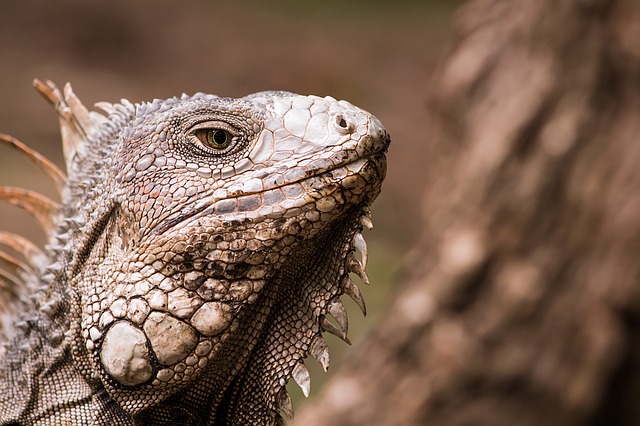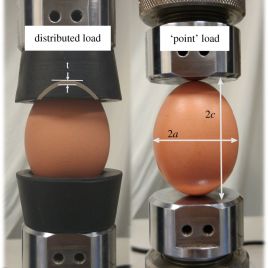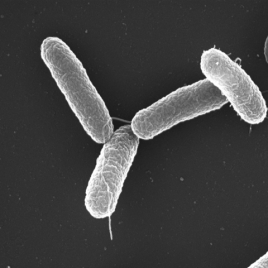
Analysis of two fossils helps fill the gaps in the evolutionary tree of the modern-day iguana.
The geographical origin of Pleurodonta, one of the two subdivisions of the Iguania suborder, has been unclear for many years. The oldest representative of the prehistoric iguanas was thought to come from Brazil; but a recent analysis removed it from the iguana’s evolutionary tree altogether. Two skeletons of giant herbivorous lizards found in Montana, US, help fill in the gaps in iguana’s evolutionary history. These fossils exhibit a lot of traits characteristic to members of Pleurodonta. In light of these findings, tesearchers conclude that prehistoric iguanas likely inhabited South and Central America prior to their Early Palaeogene first appearances in the mid-latitudes of North America.
Authors:
David G. DeMar, Jack L. Conrad, Jason J. Head, David J. Varricchio, Gregory P. Wilson
Corresponding author:
David DeMar, Department of Biology and Burke Museum of Natural History and Culture, University of Washington, Email: ddemar@uw.edu, Tel: 1-206-543-8917
Original paper published in Proceedings of the Royal Society B: Biological Sciences on January 25, 2017.


